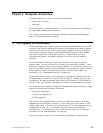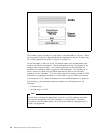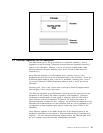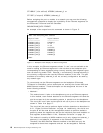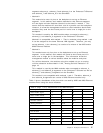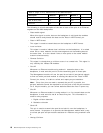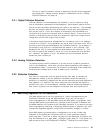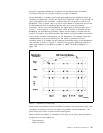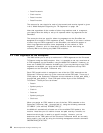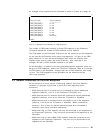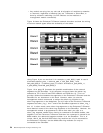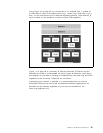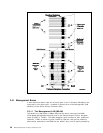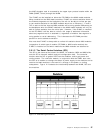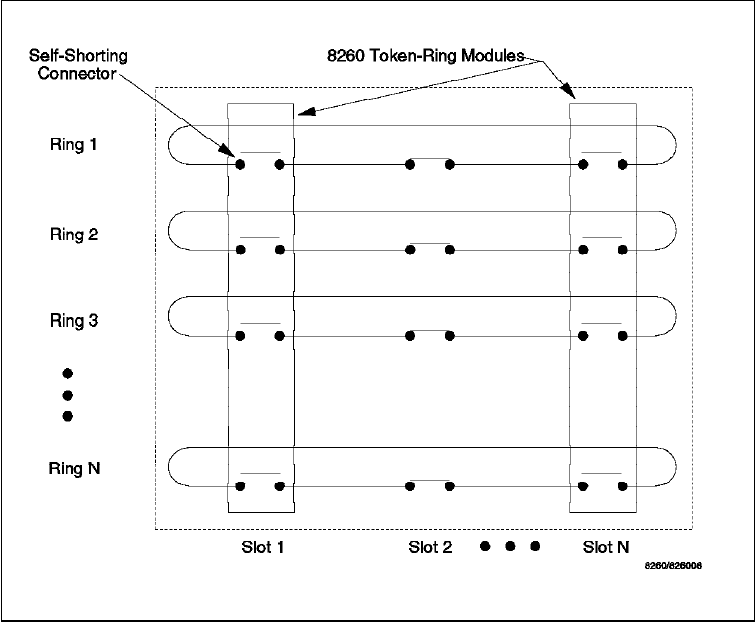
the token-ring paths marked as ″available″ are the parts of the Enhanced
TriChannel that are not currently used by any type of network.
On the ShuntBus, in addition to the two dedicated Ethernet segments, there are
10 token-ring segments. Unlike, the Enhanced TriChannel, there is no concept of
token-ring paths on the ShuntBus. Instead, there are 10 physical rings on the
backplane. Each of these rings is a set of 6 pins which is routed from slot to slot
on the backplane and is completed across each slot via a self-shorting
connector. At the end of the backplane, the signal path is returned from slot 17
to slot 1. In this manner, a ring is formed. When a module is inserted into the
backplane, the self-shorting connector opens and the signal is routed onto the
module. Therefore, any installed token-ring module on the ShuntBus has access
to any of the 10 token-ring segments on the backplane. This design allows the
implementation of per-port switching for the token-ring modules so that
individual ports on a module can be assigned to different rings on the backplane.
This concept is shown in Figure 7. Details of the per-port switching feature for
token-ring modules is provided in Chapter 8, “8260 Token-Ring Support” on
page 129.
Figure 7. ShuntBus and Token-Ring
Each token-ring interface on the ShuntBus connector uses three Shunt pairs (low
resistance connectors) to form one token-ring network on the backplane. The
three Shunt pairs carry a clock and two data signals.
When a token-ring module is inserted into the ring, the 3 Shunt pairs connect to
6 signal lines on the module as:
•
Clock transmit
•
Data A transmit
Chapter 2. Backplane Architecture 21



